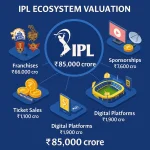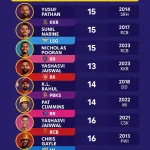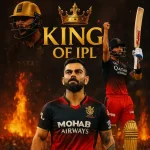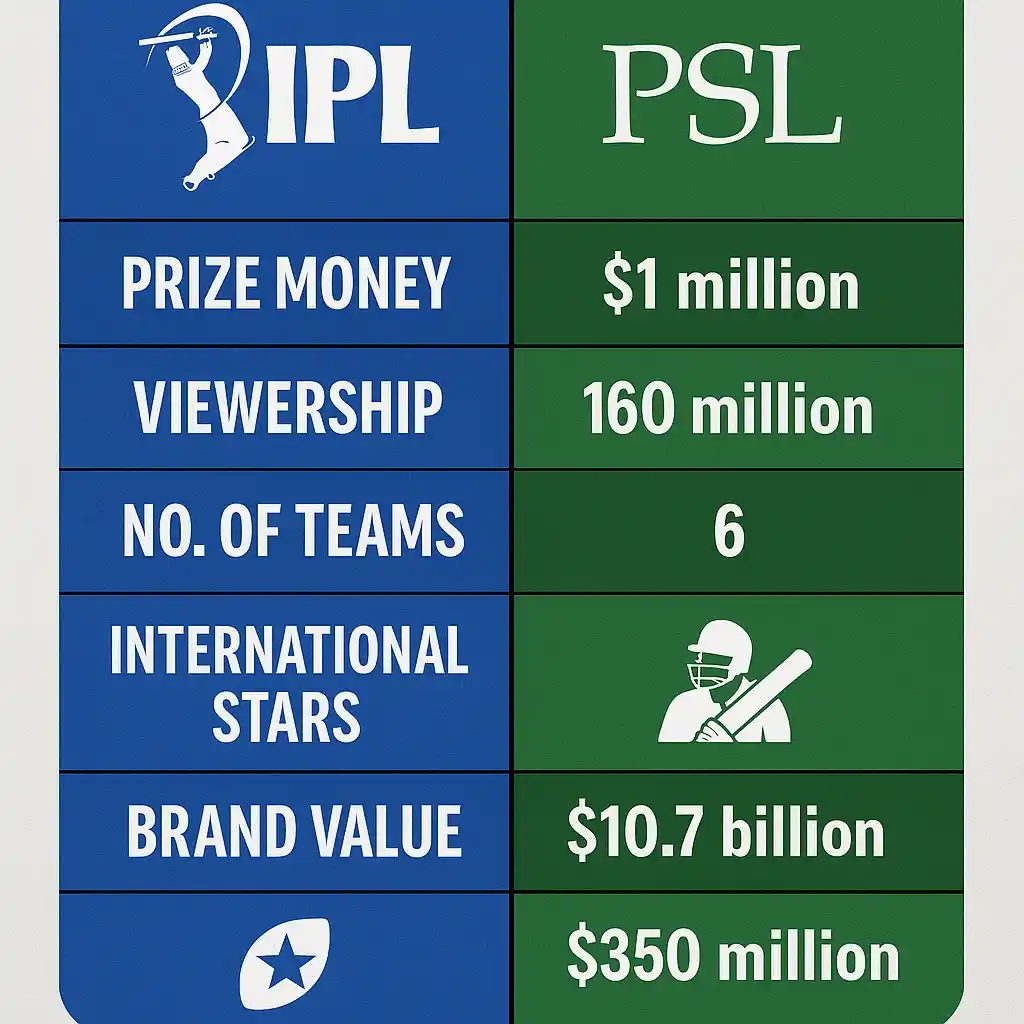
Cricket is no longer just a sport. It’s an industry, a culture, and — in the case of T20 leagues — a televised blockbuster. And in 2025, when you mention franchise cricket, two acronyms always find their way into the conversation: IPL and PSL. But this isn’t just about bat and ball anymore. This is branding, revenue, reach, and power. So when fans ask “IPL vs PSL — which is better?” it’s not a question. It’s a declaration of loyalty. But behind the noise, the numbers tell a story. And it’s worth diving in.
Let’s get one thing out of the way: the Indian Premier League and the Pakistan Super League serve different markets, operate at vastly different scales, and cater to different levels of cricketing economics. But both have achieved something rare — they’ve made T20 leagues feel like national festivals. To understand where they stand, and how far apart (or close) they really are, you have to examine what each league does best.
IPL vs PSL: Team Structure, Scale, and Format
The most obvious difference lies in size. IPL is a ten-team carnival. PSL, a compact six-team sprint. That changes everything — scheduling, intensity, number of matches, and even fan psychology. IPL stretches for nearly two months. PSL? A brisk five-week blitz.
| League | Number of Teams | Matches per Season | Duration | Format Style |
| IPL | 10 | ~74 | 55–60 days | Double round-robin + playoffs |
| PSL | 6 | ~34 | 30–35 days | Round-robin + playoffs |
What IPL offers in volume, PSL makes up in competitiveness. Fewer teams mean tighter squads, fewer weak links, and more evenly matched contests. You rarely get a total walkover in the PSL. In the IPL? A few teams always seem destined for the bottom half.
Prize Money, Broadcast Deals, and Economic Firepower
Let’s talk cash — because it’s the fuel behind the flash. IPL isn’t just the richest cricket league. It’s one of the wealthiest sports properties in the world.
| Metric | IPL 2025 | PSL 2025 |
| Title Sponsor | Tata (INR 670 crore) | HBL (~PKR 220 crore) |
| Broadcaster Deal | ₹48,390 crore (2023–27 cycle) | ~$36 million (total rights) |
| Winner’s Prize Money | ₹20 crore | PKR 12 crore (≈ ₹3.5 crore) |
| Player Auction Budget | ₹95 crore per team | Draft-based system, lower cap |
Money doesn’t guarantee quality — but it buys depth. The IPL can afford to spread its wealth across local and global talent. PSL has to be more precise. Their model works — fewer players, but often more value-per-rupee.
That said, no PSL team could match the commercial muscle of Mumbai Indians or Chennai Super Kings. IPL’s teams are global brands. PSL’s teams? Passionate, yes. Profitable? Still growing.
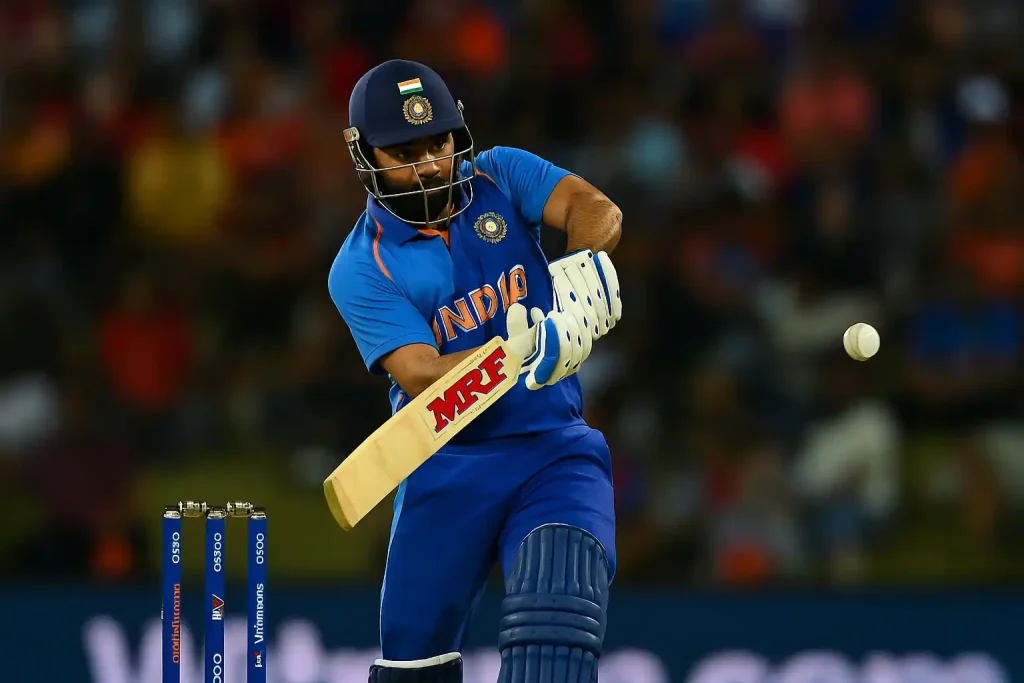
Star Power and Global Reach
The biggest difference in perception comes from star presence. IPL is a galaxy — Kohli, Rohit, Dhoni, Buttler, Warner, Rashid, SKY, Stokes. PSL? It’s more focused on emerging Pakistani talent, peppered with solid but less glamorous international names.
In 2025, IPL still pulls in the most elite. PSL provides a platform for uncapped players and domestic heroes like Shaheen, Rizwan, and Babar to shine. That’s not a weakness — that’s a philosophy.
Viewership stats tell the tale:
- IPL 2024 crossed 500 million viewers in India alone.
- PSL’s global digital viewership reached 150 million, with peak interest in Pakistan, UK, and UAE.
Both leagues are culturally massive. But IPL is global. PSL, for now, is proudly regional — and thriving in that space.
Developmental Impact: Which League Builds Better Futures?
Here’s where things get nuanced. PSL has arguably been better at identifying and fast-tracking talent. Pakistan’s white-ball core — Rizwan, Haris Rauf, Shadab Khan — all sharpened their skills in the PSL under real pressure.
On the other hand, IPL unveils new talent while overshadowing them with foreign megastars. But, they really make it count when it does. Jasprit Bumrah, Hardik Pandya, and Ruturaj Gaikwad are some of the premier examples. IPL’s top-notch coaching and exposure to advanced competition have solidified India’s cricketing reserve squad like never before.
It’s two paths to the same goal. PSL creates grit. IPL creates polish.
Style of Play and On-Field Quality
The IPL is explosive. Bigger boundaries, higher scores, more sixes. It’s part of the entertainment package. PSL games, by contrast, often feel tighter. More focus on bowling, strategy, and conditions.
In fact, many cricket analysts argue that PSL bowling attacks — especially in powerplay and death overs — are often more incisive than in IPL. But IPL has the batting depth and firepower. Watching 230+ being chased? That’s an IPL thing.
If PSL feels like a gritty thriller, IPL is a Marvel blockbuster. Different aesthetics. Both valuable.

Final Verdict: IPL vs PSL—Who Wins?
The truth is, these leagues can’t be compared directly. IPL is the commercial beast—unmatched in budget, depth, and spectacle. PSL is the efficient, hungry challenger—leaner, tighter, but still punching above its weight.
Fan wars will break out if you ask, “IPL vs PSL — who’s better?” But answering, “What makes each special?” tells real stories. IPL shows you the future of the sports business. PSL demonstrates the effectiveness of focus, purpose, and doing more with less.
And in 2025, both are thriving. Different scales. Same heartbeat—cricket that matters.

Meet Arjun Kushaan, a passionate cricket analyst at The Cricket24x7. From street matches in his childhood to competitive college tournaments, cricket has always been a central part of Arjun’s life. With a strong background in data analysis and a natural affinity for numbers, he brings a fresh, analytical lens to the game. At The Cricket24x7, Arjun blends his deep love for cricket with his data-driven approach to deliver detailed insights and well-rounded coverage for fans of the sport.



